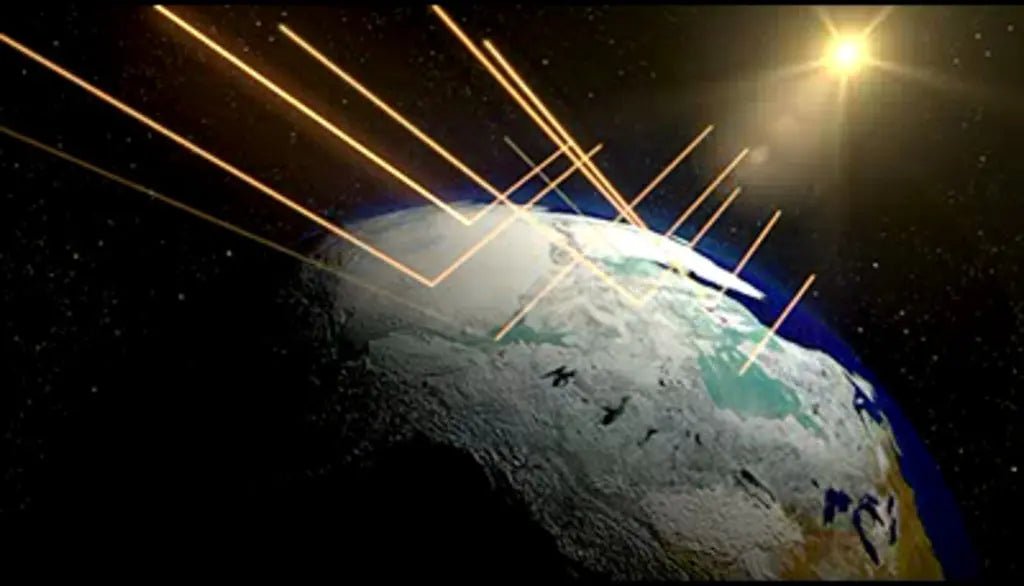Understanding Earth's Changing Distance from the Sun and Its Impact on Insolation
When most of us think of Earth's orbit around the Sun, we imagine a perfect circle. In reality, however, Earth’s orbit is more of an elliptical shape. This slightly elongated orbit leads to some fascinating phenomena: perihelion and aphelion. While these terms may sound esoteric, understanding them can give us a better grasp of why our planet experiences variations in solar energy or insolation at different times of the year. So, let's delve into what these terms mean and how they influence Earth's climate.
What are Perihelion and Aphelion?
Perihelion
Perihelion occurs when Earth is at the closest point to the Sun in its elliptical orbit. This happens around January 3rd each year, with Earth being approximately 91.4 million miles (147.1 million kilometers) away from the Sun.
Aphelion
On the other hand, aphelion refers to the point in Earth's orbit when it is farthest from the Sun. This takes place around July 4th, with Earth being about 94.5 million miles (152.1 million kilometers) away from the Sun.
The difference in distance between perihelion and aphelion is approximately 3.1 million miles (5 million kilometers), which might seem substantial but is relatively minor in astronomical terms.
Impact on Insolation
What is Insolation?
Insolation is the amount of solar radiation that Earth receives. You might think that Earth would be warmer during perihelion due to its proximity to the Sun. However, the story is more complex than that.
The Role of Axial Tilt
Earth’s axial tilt plays a significant role in the distribution of insolation. During perihelion, when Earth is closest to the Sun, the Northern Hemisphere is tilted away from the Sun, which means it's winter for regions above the equator. Conversely, during aphelion, the Northern Hemisphere is tilted towards the Sun, experiencing summer. The opposite is true for the Southern Hemisphere.
Influence on Climate
Despite being closer to the Sun during perihelion, the overall effect on Earth's climate is modest. Earth receives about 7% more solar energy at perihelion compared to aphelion. However, this difference is largely offset by various factors, including:
1. Duration of Seasons: Earth moves more quickly in its orbit during perihelion, making the Northern Hemisphere winter slightly shorter. During aphelion, Earth's slower orbital speed results in a longer summer.
2. Atmospheric Absorption: Earth’s atmosphere also acts as a buffer, absorbing and scattering solar energy.
3. Heat Distribution: Earth's oceans and atmosphere distribute heat around the planet, mitigating the impact of increased solar energy during perihelion.
4. Feedback Mechanisms: Factors such as albedo (reflectivity of Earth's surface) can further moderate temperature variations.
Final Thoughts
Understanding the nuances of perihelion and aphelion helps us appreciate the incredible balancing act that Earth performs as it orbits the Sun. While the insolation difference between these two points is not extreme enough to drive dramatic climate changes, it’s a vital piece in the puzzle of Earth’s complex climate system.
In an era increasingly marked by climate awareness, a deeper understanding of natural processes like perihelion and aphelion provides us with more tools to decipher and perhaps mitigate human impact on our planet's climate.



Share:
Annular vs. Total Eclipses
Unveiling the Mysteries of Solar Storms